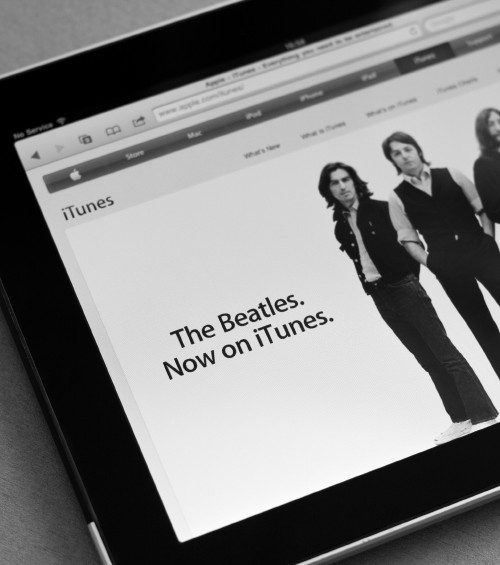Here’s your Marketing 101 test. What is the difference between performance advertising and brand advertising?
Your answer for ten: performance advertising is about eliciting an action, normally measured through conversion; and brand advertising is about engagement, covering a variety of metrics such as dwell time, interaction and viewability.
If you’re up to date with your marketing theory, I expect you already knew this. And if you’re on the ball with marketing reality, you’ll also know that until fairly recently, mobile advertising has been mostly about performance advertising, targeting easily measurable actions such as app downloads or clicks.
This is because, among such a huge amount of complexity, it’s the one metric that everyone feels they can measure and compare against. Clickthroughs make sense. If Campaign A got more clicks, then it’s better than Campaign B.
But increasingly marketers are realising that clicks don’t measure an ad’s impact or audience accurately. While you do get insight into volumes of response, you don’t know much about the nuances. You get no insight into how long they spent with the ad, or whether they took any other actions such as launching a video or progressing to a mobile site landing page, or their propensity to spend their hard-earned cash.
This is where brand advertising comes in. ‘Digital’ means ‘interactive’, so we can start pushing down the marketing funnel and look at engagement. Brand advertisers love engagement: the longer someone spends with their brand, the better. The more someone enjoys playing with their brand, for example by being exposed to rich media ads that they can interact with, the better still.
This is why we’re seeing much more mobile advertising spend being invested in brand advertising. And we’re not alone.
In April 2013, Nielsen-owned Vizu published its Online Advertising Performance Outlook. It found that 63 percent of marketers said they planned to increase spending on brand advertising (one in five said the increase would be more than 20 percent). 61 percent said they would be moving money away from direct response toward brand ad campaigns.
In July that year, specifically for mobile advertising, Velti released its State Of Mobile Advertising report that showed direct response type advertising was declining while the more audience-based campaigns typical of brand advertising were picking up. This was exemplified through larger ad units and cost-per-impression metrics rather than cost-per-click.
This is significant. It implies that brand advertisers are starting to gain confidence in mobile’s ability to deliver, and the big budgets will follow.
Here at Adfonic, we’re also seeing firm indications that brands are embracing mobile. Weve, the joint venture between EE, O2 and Vodafone, recently announced that Tesco was its first beta display client, announced to the world by ExchangeWire as ‘Weve Bids To Woo Brand Spend To Mobile With Verified First-Party Data‘. Certainly they see the combination of a Mobile Network Operator’s audience data plus a Demand-side Platform (DSP) as an attractive proposition for big brands.
(For full disclosure, we are the technology behind Weve’s display proposition, with our mobile DSP, called Madison, plugging into Real-time Bidding exchanges to hunt out the most effective inventory for Tesco’s goals.)
This is where brands really can thrive in mobile advertising. They have huge amounts of high quality, first-party data, which describes the audiences they want to reach. This makes the ads audiences see mobile ads that are much more tailored to them individually – and, as a result, more likely to engage.
Recent developments in ad tech may also be contributing to the rise of brand awareness in mobile. Only last month Apple started rejecting apps that used its IDentifier for Advertising (IDFA) but did not then serve ads. There is a school of opinion that believes this is Apple hastening the end of deterministic targeting through an identifier, perhaps for privacy reasons. Whatever the real reason, this would be a strong signal to brands who believe their rich first-party data is part of the mobile advertising solution.
Such was Velti’s confidence in this shift that it declared 2013 the ‘Year of Brand Advertising’. It was certainly a year of many things mobile-related, and as we slingshot into 2014 we’re seeing studies such as the BBC News declaring mobile advertising at least twice as effective as desktop. Against this backdrop, we will take a look at the rise and rise of brand advertising in our next Global AdMetrics Report. Watch this space.






